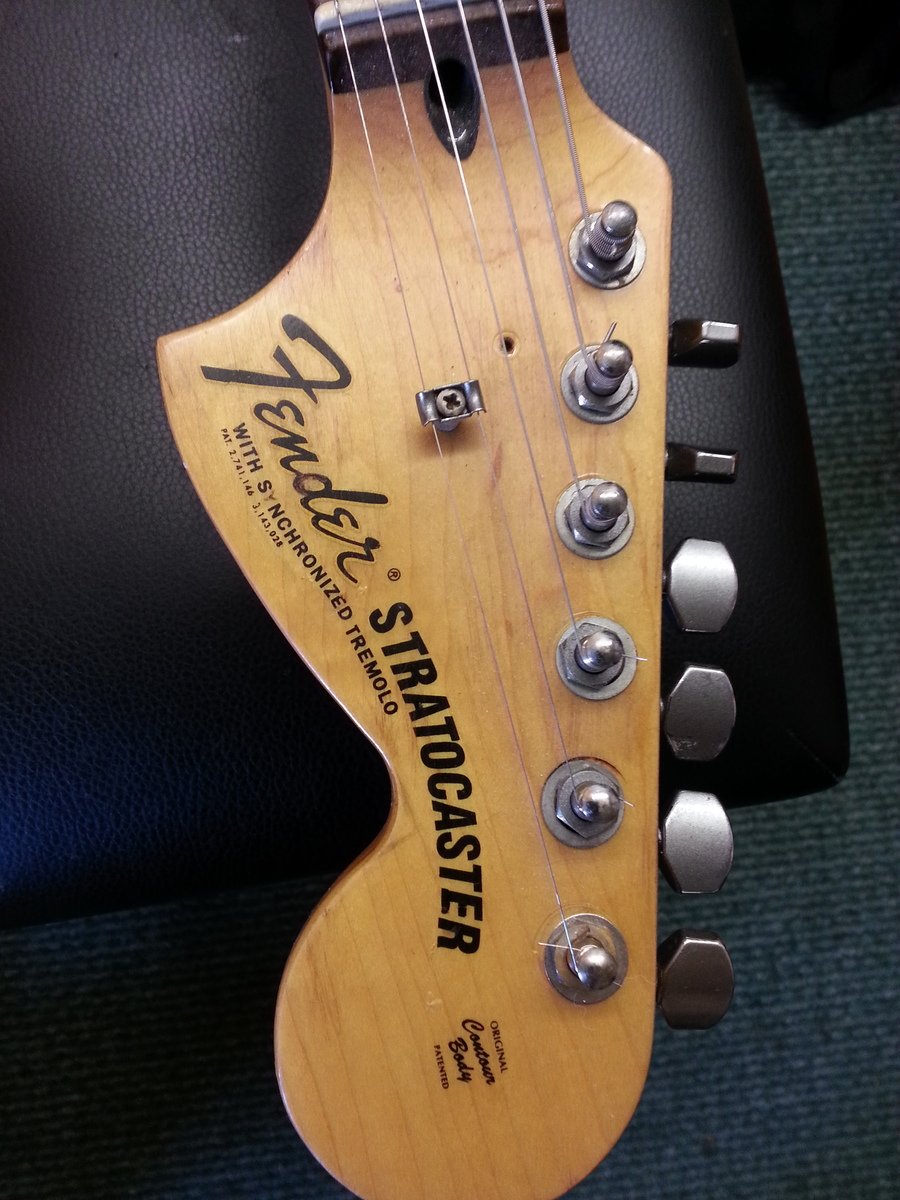Indonesian Squier Serial Number Lookup

Squier® Strat Bullets (dating unclear) FN(XXXXXX) U.S.-made guitars and basses destined for export market. Some may have stayed in the U.S. Or found their way back (made to Standard Stratocaster specs; dating unclear) I(XXXXXXX) A limited number of these “I” series guitars were made in 1989 and 1990. In 2009 and 2010, some Indonesian Squier's had an ICS serial number with 7 digits instead of 8 or 9. ISS – I = Indonesia S = Samick S = Special Run, 6 digits. Typically, the S indicates a Factory Special Run or FSR guitar. FSR stands for 'Fender Special Run' of a limited edition. For example, a 1990 made in India Squier II serial number would start with N0 plus 5 digits. The serial number is printed on a sticker located on the back of the neck, close to where the neck attaches to the body. Because the number was placed on a sticker it is fairly common for the serial number to be missing.
Indonesian Squier Serial Number Lookup Model
| Fender-Squier history in short Jerome Bonaparte Squier and his son Victor Carroll Squier, two English immigrants who started a violin building and repair company in Boston in 1881. In 1890 Victor opened a store in Battle Creek, Michigan and a short time later a violin factory at 427 Capital Ave SW. (V.C. Squier Company). Violin, banjo and guitar strings were also produced here. In the early 1950s the company also started making strings for the electric guitars of Leo Fender and became in 1963 an official supplier for Fender Electric Instruments. In 1965, shortly before the acquisition of Fender by CBS, Fender purchased V.C. Squier Company. Before the Fender Squier line of guitars was introduced in 1982, Fender made cheaper guitars such as the Fender Lead series at its plant in Fullerton, California. Until the introduction of the Fender Squier series, Fender had never produced low-priced guitars based on the Stratocaster and Telecaster models. He had always used different model designs for the cheaper models. | In the late 1970s and early 1980s, Fender was faced with competition from cheaper Japanese guitars. Japanese labor and production costs were much lower than in America, and to compete with, Fender moved the cheaper Fender guitar production from America to Japan. Sales in Japan were disappointing, Fender could not compete with Japanese competitors such as Tökai and Greco. Fender started negotiations with various Japanese distributors of musical instruments and reached an agreement with Yamano Gakki and Kanda Shokai to found Fender Japan. One of the conditions of the agreement was that Kanda Shokai stops producing its own Greco Fender guitars. Negotiations with Tökai were interrupted and FujiGen Gakki was chosen. The first Squier models appeared in August 1982. Over time, the Squier series has slowly evolved and contains original model designs. The production has also been moved from Japan to various other Asian countries such as Korea, China, Indonesia and India. Victor Carroll Squier |